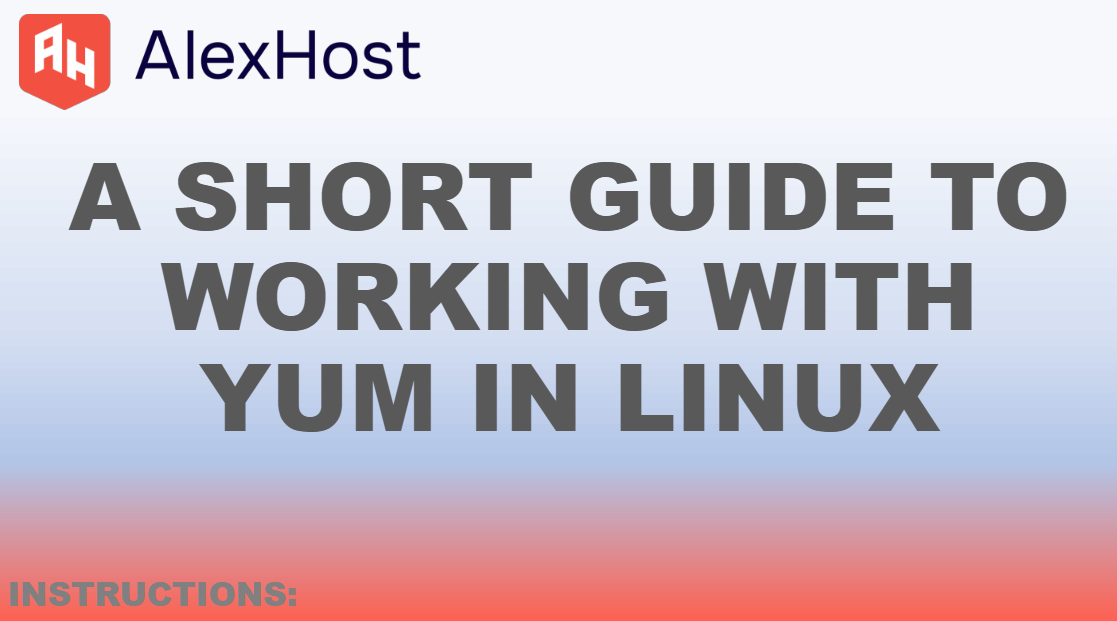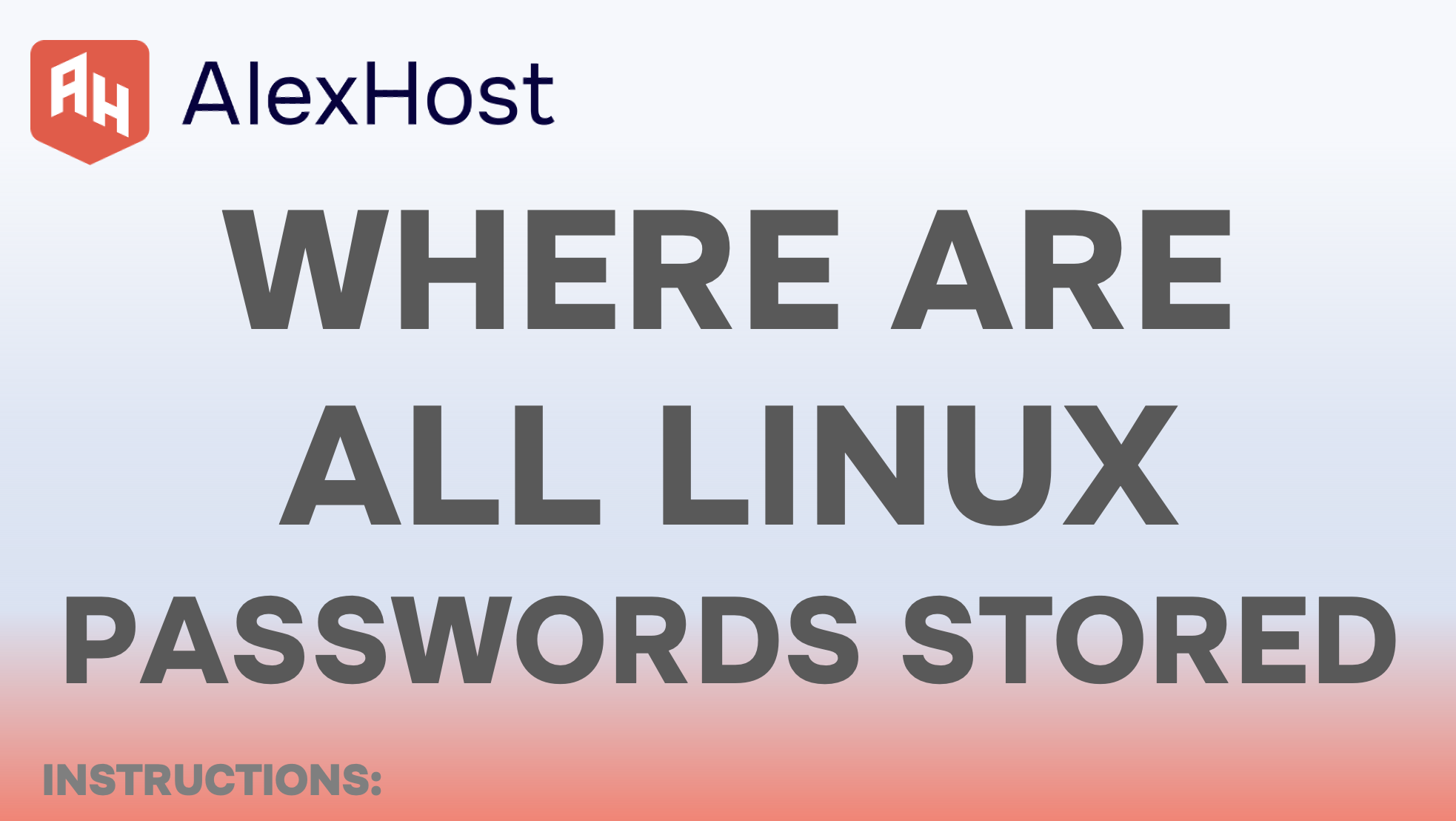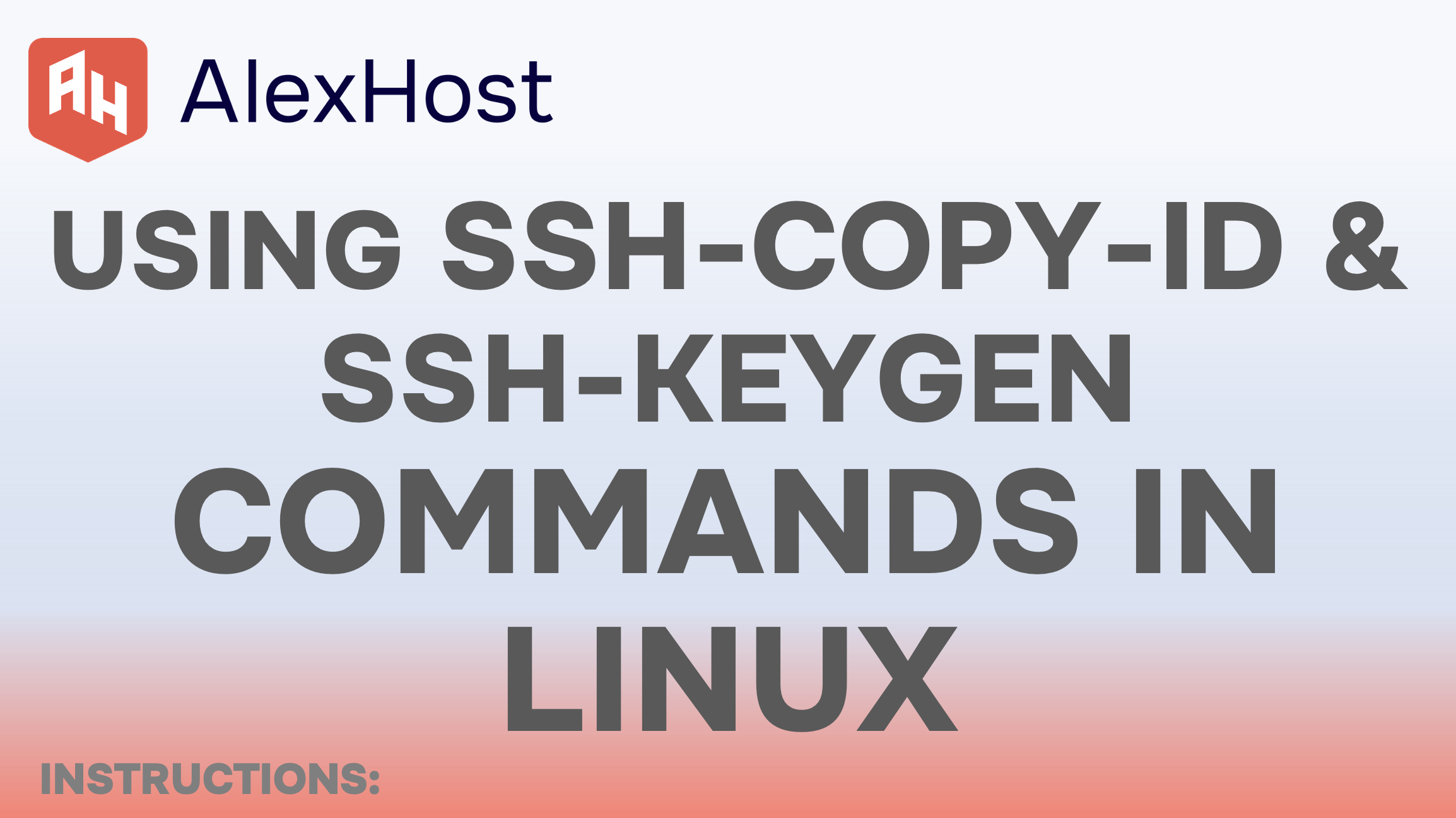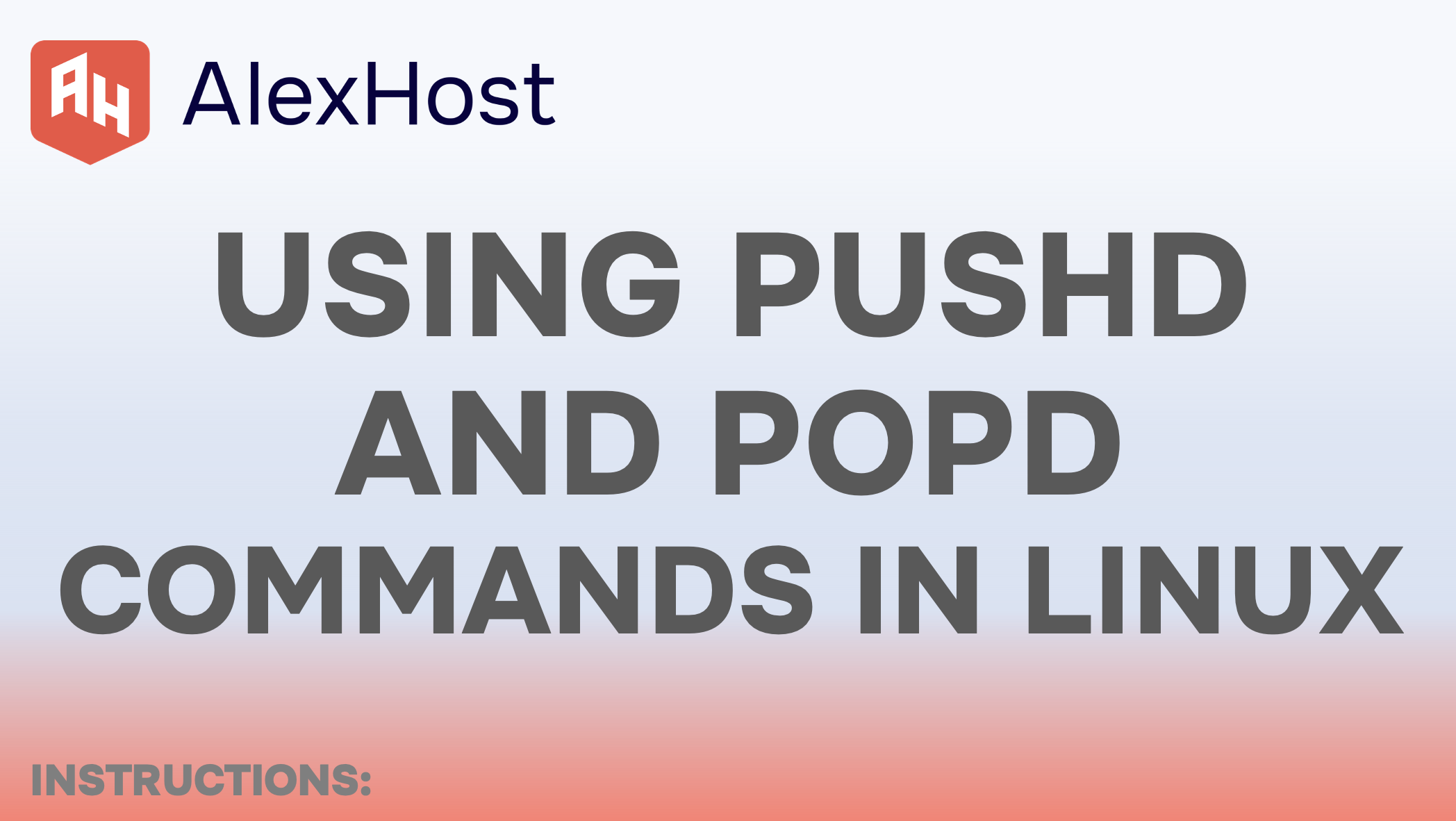Yellowdog Updater, Modified (abbreviated YUM) is a package manager used in RPM (Red Hat Package Manager)-based Linux distributions such as CentOS, Fedora, and RHEL (Red Hat Enterprise Linux). YUM makes it easy to install, update, remove, and manage software packages. In this article, we will cover the basic commands and principles of YUM, which will […]
Absolutely every user who is faced with the development of websites and applications understands that in the modern world of Internet technologies, the performance of the project is a critical factor. Fast loading pages not only improve user experience, but also increase the SEO rating of the site. It also has a great effect on […]
When working with a Linux server, you may need to start using bash. Bash (Bourne Again Shell) is one of the most popular and powerful command line interpreters in the world of Linux and Unix-like operating systems. Perhaps the main advantage is that it provides users with a wide range of commands and tools for […]
When working with a server, quite often the need arises to configure the correct operation of the HTTP protocol. Undoubtedly, both experienced administrators and newbies may experience difficulties. Speaking specifically about the 401 (Unauthorized) error, this is one of the most common HTTP responses, which indicates that the requested resource requires authentication. In this article, […]
Security, security, security… We’ve already touched on two factor authentication and how to protect your credentials. An important aspect of security is not only coming up with a strong password, but also knowing how to properly store it and protect it from hacking. You need to properly understand where and how passwords are stored in […]
Secure Shell (SSH) is a widely used protocol for secure communication over an insecure network. This application layer protocol is extremely popular and allows users to remotely manage the operating system. SSH key pairs provide a secure and convenient way to authenticate and log into remote servers without using passwords. Two important commands for managing […]
The pushd and popd commands are specialized tools that allow users to efficiently manage the directory stack on Linux and other Unix-like operating systems. Despite their great utility and power, these commands are often underutilized and not as well-known as other directory navigation commands. The pushd command allows the user to change the current working […]
Command line interfaces provide powerful tools for efficiently navigating and managing files in a Linux environment. In this article we will look at how to use navigation and tools for this as conveniently and quickly as possible. Cat The cat command in Linux is used to output the contents of text files to the terminal. […]
Nginx is a high-performance open source web server. It is a very popular software designed to process HTTP requests from clients (e.g. web browsers) and provide them with web pages and other content. Installing Nginx is very simple and is based on just one command. Enter the following command to easily install this web server: […]
Linux is renowned for its versatility and power, making it one of the most popular operating systems among developers, system administrators, and power users. Its command-line interface (CLI) offers a vast array of commands, ranging from simple tasks to complex operations, allowing users to efficiently manage their system and perform various functions. This article aims […]









